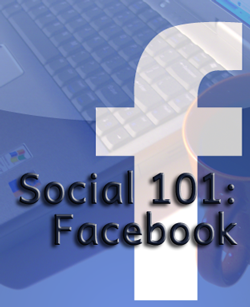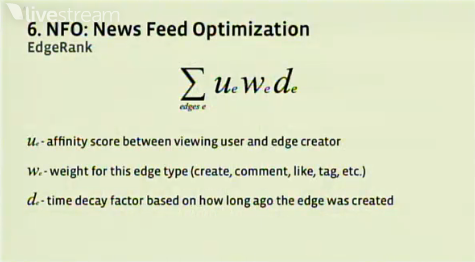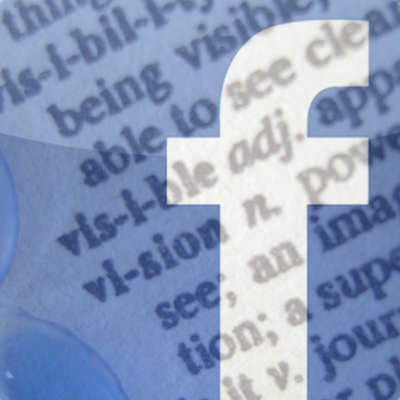
When I first heard about the EdgeRank algorithm that Facebook uses to determine what shows up in your newsfeed, I realized that I needed a better understanding of it to optimize my own Facebook use. It’s a lot like SEO that way - you don’t need to be an expert, but you will want to know a little more than the name.
What does EdgeRank do?
Many people think that when they log in to Facebook, they’re seeing everything they’ve subscribed to - friends’ updates, page updates, etc. What you actually see is what EdgeRank - Facebook’s internal algorithm - has decided you’ll be most interested in. This is determined based on your activity over time. This algorithm is actually meant to prevent overwhelming users with too much content.
The average Canadian Facebook user has about 130 friends. If you regularly interact with only 10-20, you’re far more likely to see those friends’ updates in your newsfeed. The same applies to content from pages. This is the effect that EdgeRank has on your Facebook experience.
Why does EdgeRank matter?
EdgeRank is what determines whether your content shows up in the newsfeed of those who are following you. As we learned from fMC a couple weeks ago, an average of just 16% of page fans will see your content. Understanding EdgeRank can help you create content that will boost your page’s EdgeRank so that more people see what you’re sharing. That’s definitely worth knowing about!
 Does looking at this make your brain hurt, too? Don’t worry - it’s not as bad as it looks.
Does looking at this make your brain hurt, too? Don’t worry - it’s not as bad as it looks.
What is an Edge?
Edge refers to any content object on Facebook that can potentially have an edge - status updates, likes, tags, pictures, links, videos, etc.
What gives content an Edge?
This is where we get into the real meat of what EdgeRank is. It’s made up of three components:
Affinity focuses on the relationship between you (your page) and your audience. As audience members interact with your content (likes, comments and shares) it increases this component of EdgeRank. It’s important to understand that affinity only works one way. In other words, you cannot interact with someone else’s content so they will see yours more often. As you interact with their content more, it merely increases the likelihood that you will see them in your newsfeed.
Weight looks at the type of content being shared. Status updates do not weigh as high as links and pictures, then video outweigh links. Facebook clearly puts a similar emphasis on rich content the way that SEO does. In a test done by The Daily Beast a couple years ago, they posited that new features are temporarily weighted higher - likely to reward early adopters and encourage greater use. The number of likes and comments (comments are weighted higher) factors in to your weight score as well.
Recency rewards fresh content. The older the content, the more it degrades in Facebook’s algorithm. And this is why we tell clients they need to post to Facebook 1-2 times per day. If you go to EdgeRank Checker, it will actually tell you that your EdgeRank on days with no posts is 0. For pages that post less than once a week, it’s unlikely they will ever attain much of an EdgeRank, which means their content isn’t getting into fans’ newsfeeds.
What can I do to increase my EdgeRank?
You want your content to be seen, so give your audience the opportunity to interact:
- Ask simple questions that require only one or two-word answers.
- Post relevant pictures and videos and give an opportunity for feedback.
- Add an attention-grabbing comment or question to links.
EdgeRank has definitely created new challenges for marketers since it was introduced, but it’s not difficult to create content that overcomes those challenges. Just be creative and plan for it!
*****
Want to learn more about social media but don’t know where to begin? Wellman Wilson is putting on a social media workshop March 20th where we’ll talk about Twitter, Facebook and setting up a strategy. Find out more here!
 The latest Facebook update that is being shared tells you that only 10% of the people who like your page see what you’re saying and that you can solve the problem by adding pages to your interest lists.
The latest Facebook update that is being shared tells you that only 10% of the people who like your page see what you’re saying and that you can solve the problem by adding pages to your interest lists.


